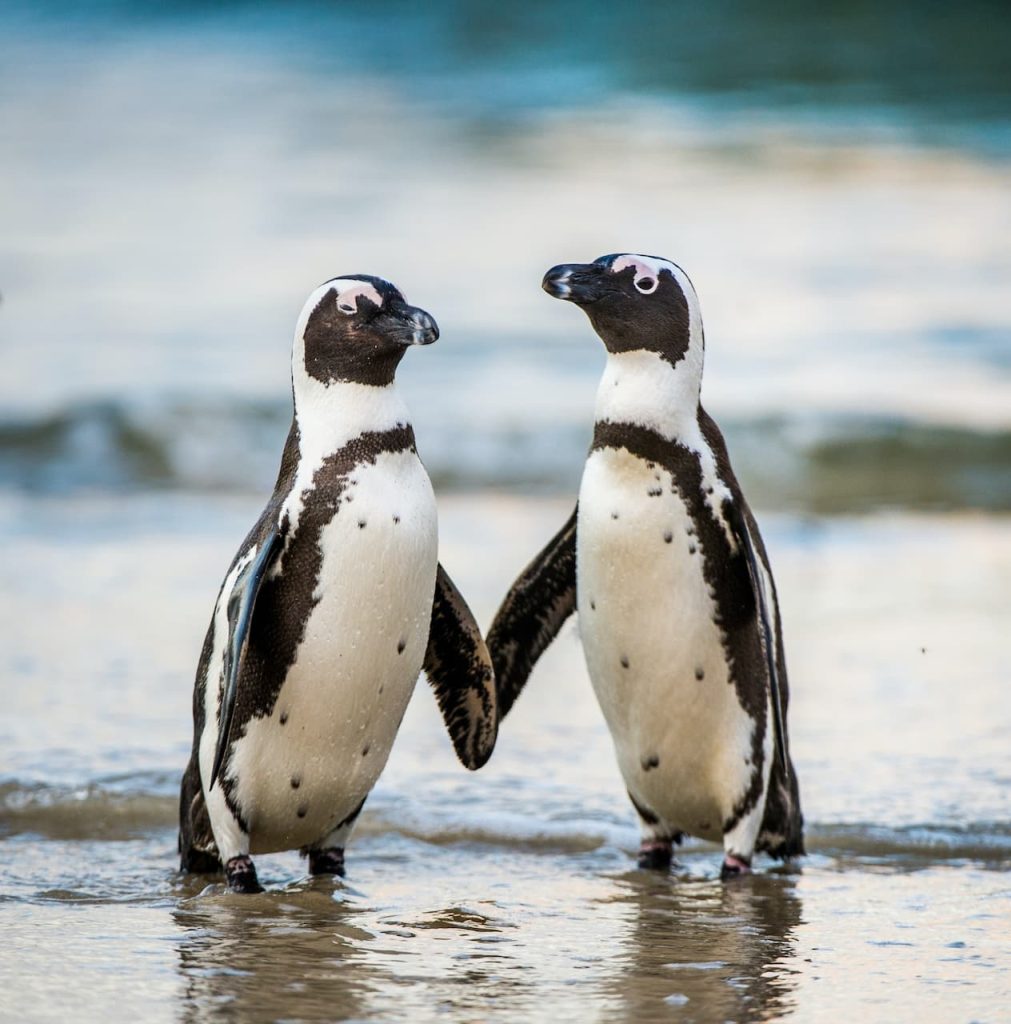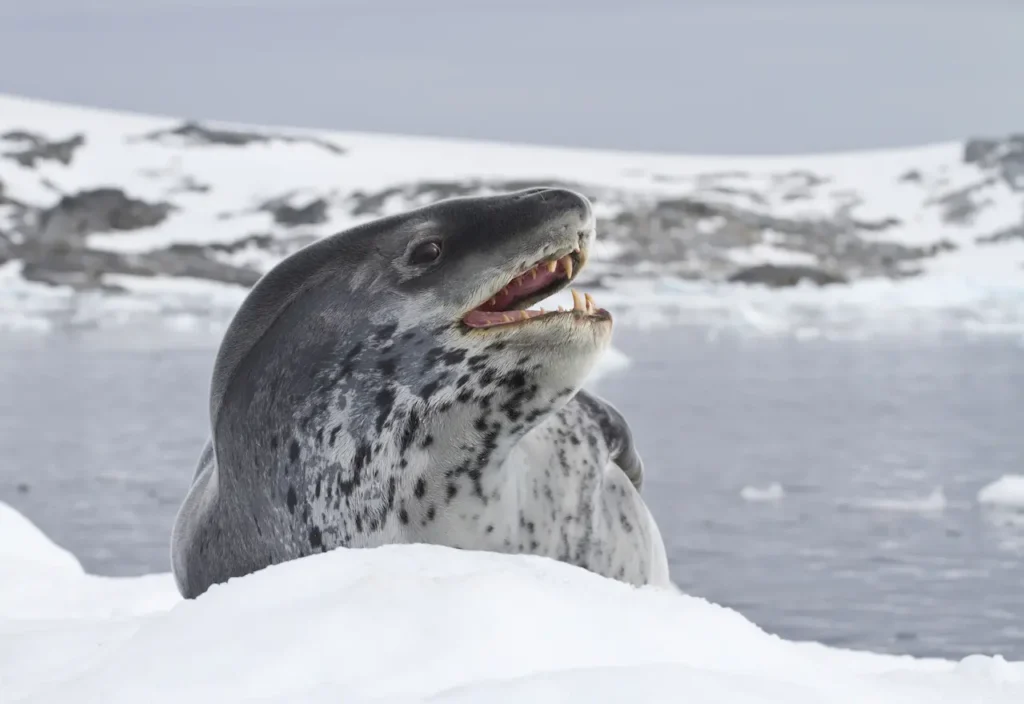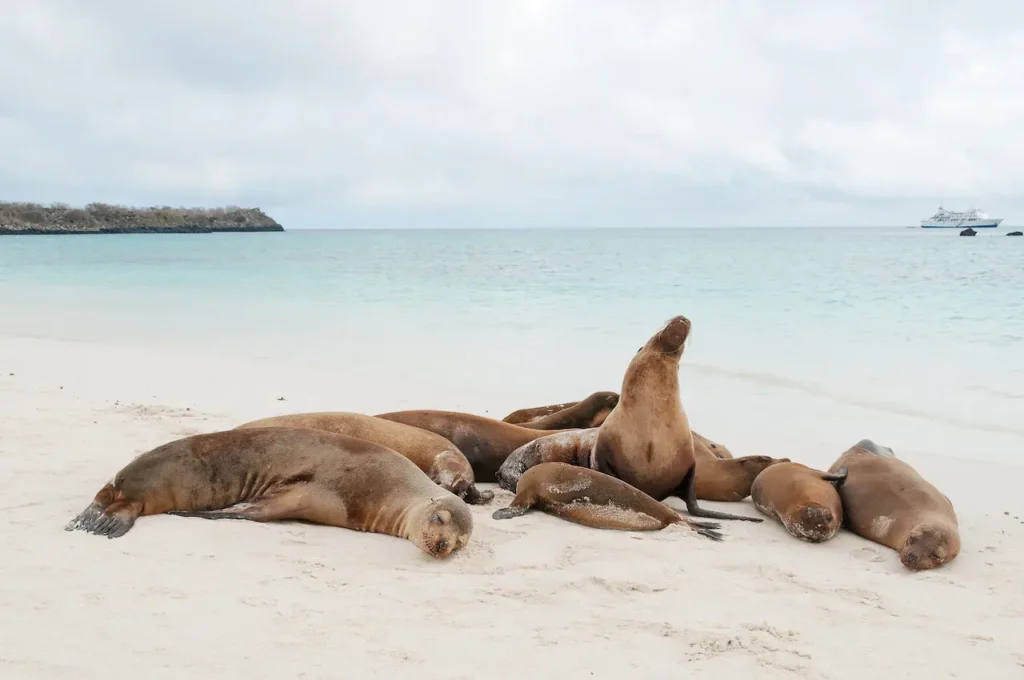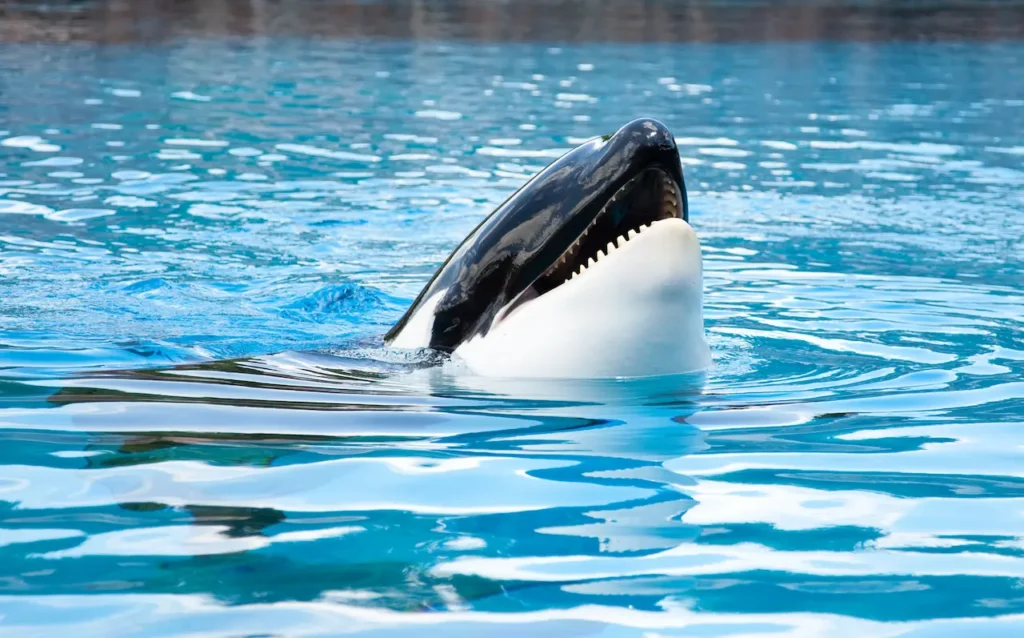What Eats A Penguin?
Categories
- Accipitridae (1)
- Acrididae (1)
- Algae (2)
- Alligatoridae (1)
- Amoebidae (1)
- Amphibians (3)
- Anatidae (1)
- Anguillidae (1)
- Arachnids (2)
- Bears (2)
- Big Cats (3)
- Birds (13)
- Bovidae (5)
- Bufonidae (1)
- Camelids (1)
- Cameras (1)
- Canines (13)
- Caridea (1)
- Carnivora (10)
- Castoridae (1)
- Cats (5)
- Cebidae (1)
- Cephalopod (1)
- Cervidae (2)
- Cetacean (1)
- Chondrichthyes (1)
- Crocodilia (2)
- Crustaceans (4)
- Culicidae (1)
- Cyaneidae (1)
- Dasypodidae (1)
- Dasyurids (1)
- Deer (1)
- Delphinidae (1)
- Desktop (1)
- Didelphidae (1)
- Dinosaurs (1)
- Dogs (13)
- Dolphins (2)
- Echinoderms (1)
- Education (10)
- Elephantidae (1)
- Equine (1)
- Erethizontidae (1)
- Erinaceidae (1)
- Farming (1)
- Felidae (5)
- Fish (5)
- Food Chain (31)
- Food Web (2)
- Formicidae (1)
- Frugivore (1)
- Gaming (1)
- Gastropods (1)
- Giraffids (1)
- Great Apes (2)
- Health Conditions (3)
- Herbivore (4)
- Hi-Fi (1)
- Hippopotamidae (1)
- Hominidae (1)
- Insects (10)
- Invertebrates (2)
- Keyboards (1)
- Laptops (1)
- Leporidae (1)
- Mammals (23)
- Marsupials (4)
- Mephitidae (1)
- Microchiroptera (1)
- Mollusks (2)
- Mongoose (1)
- Muridae (1)
- Nocturnal Animals (1)
- Odobenidae (1)
- Omnivore (2)
- Phasianidae (1)
- Phocidae (1)
- Plankton (1)
- Plants (2)
- Primate (1)
- Ranidae (1)
- Reptiles (7)
- Rhinocerotidae (1)
- Rodents (5)
- Salamandridae (1)
- Scarabaeidae (1)
- Sciuridae (2)
- Sharks (1)
- Shellfish (1)
- Sound (1)
- Spheniscidae (1)
- Suidae (1)
- Superfamily Papilionoidea (1)
- Theraphosidae (1)
- What Eats (5)
What Eats A Penguin? What Do Penguins Eat?
In Antarctica, where most penguins live, the penguin’s main predator is a ferocious marine mammal with large teeth called the leopard seal. Penguins must swim very fast to escape from leopard seals that try to catch them in the water.
Gull-like birds called skuas eat baby penguins and sometimes steal penguin eggs.
Sharks and orcas are a threat to some kinds, or species, of penguins that live in warmer waters.
Penguins are aquatic birds that live part of their life in water and part on land. They usually exist in snowy areas and are members of the Spheniscidae family, dwelling almost exclusively in Antarctica and the subantarctic regions. These flightless birds live in colonies across the Southern Hemisphere, with one species located near the equator on the Galapagos Islands. As part of the food chain, predators chase and consume them to fulfil their hunger and feed their young, not for pleasure.
Table of Contents
TogglePenguins, Like Other Creatures, Are Part of the Food Chain
Penguins are aquatic birds. They live part of their life in water and part on land. They usually exist in snowy areas and are members of the Spheniscidae family, dwelling almost exclusively in Antarctica and the subantarctic regions. Penguins are mainly flightless birds and live in colonies across the Southern Hemisphere, with one species located near the equator on the Galapagos Islands. These creatures are excellent swimmers.
Like other creatures, penguins are part of the food chain, meaning predators chase and consume them. In this natural cycle, an animal hunts and kills merely to fulfil its hunger and feed its young, not for pleasure. The penguin has few natural predators, and this section will explain which species eat penguins.

What Eats A Penguin Spheniscidae
Leopard Seals
Leopard seals are recognized for their remarkable hunting abilities. They are among the top predators of penguins. They may look bulky on land, but their agility and quickness in the water set them apart as powerful predators. These seals have adapted well to their frigid marine habitat. They have streamlined bodies that allow them to move quickly through water, making them deadly for birds like penguins.
Leopard seals frequently wait around ice edges or ice sheets where penguins enter the ocean. Then they use an ambush strategy to hunt their prey. This ambush strategy exploits the moment when penguins are most vulnerable. The seals’ method is based on surprise and speed, rapidly moving to their prey before it has time to react or flee.

Leopard Seal With Mouth Open Showing Teeth
Sea Lions
Sea Lions are members of the Otariidae family. They feed on penguins if the situation allows them. The Weddell sea lions can occasionally hunt Adelie penguins, though they primarily prefer fish, which are much simpler to capture. However, if needed, they will kill penguins to eat. They are excellent swimmers and can chase and hunt penguins in open waters.
For Sea Lions, baby penguins are easy targets as they cannot defend themselves. When Sea Lions find a lonely or injured penguin, they attack and kill it to eat. This natural order maintains the food chain. It is mostly the male sea lions, known as Bulls, that chase and hunt penguins.

Galapagos Sea Lions Sleeping On A Beach
Sharks and Killer Whales
Sharks and killer whales, the top predators of the oceans, also pose significant threats to penguins. They both can kill and eat almost every other organism present in the ocean. Sharks are fierce hunters, using their sharp teeth to rupture the bones and flesh of soft penguins within seconds. Their speed in water enables them to reach their prey before it realizes their presence.
Killer whales, with their large size, use their tails to hit and injure penguins, feasting on them afterward. Although sharks are not particularly fond of feeding on birds like penguins, they occasionally become their main meals, especially in regions where other food sources are scarce.

Killer Whale With It’s Head Out Of The Water
Giant Petrel
The petrel is a cousin of the albatross. They have a wingspan and colors ranging from dark brown to white. Their large and pointed beak allows them to capture and shred their victims to pieces. Giant petrels swarm around during the penguin breeding season, looking for ill or abandoned chicks or injured adults.
An adult penguin can generally resist this predator, but an injured penguin may be too weak to fend off an assault. The giant petrels attack from behind, targeting wounded areas and causing the penguin to bleed out. They isolate chicks while flying along the coast, descending with force to shatter the young bird’s neck.
Sheathbills
Sheathbills are about the size of a little chicken and share many features, such as a fear of water and heights. They have white feathers and a distinctive beak, with black at the top and red-yellow folds of flesh at the bottom. Though not the biggest predators of penguins, their strength lies in stealing food from feeding penguins.
They creep up to a nest and wait until the parent penguin opens its bill to feed its young. At that moment, the sheathbill flies up and settles practically on the feeding penguin’s head. The penguin, alarmed, stops eating, allowing the sheathbill to consume the fallen food.
As for the question of what a penguin eats: Penguins eat fish and tiny crustaceans called krill.
Conclusion
Penguins are medium-sized, harmless birds surrounded by fatal predators on both land and in water. This article covered the main predators of penguins, providing an overview of the different species that pose a threat to these birds. Each predator has its unique hunting strategies, making the life of a penguin one of constant vigilance and survival.
